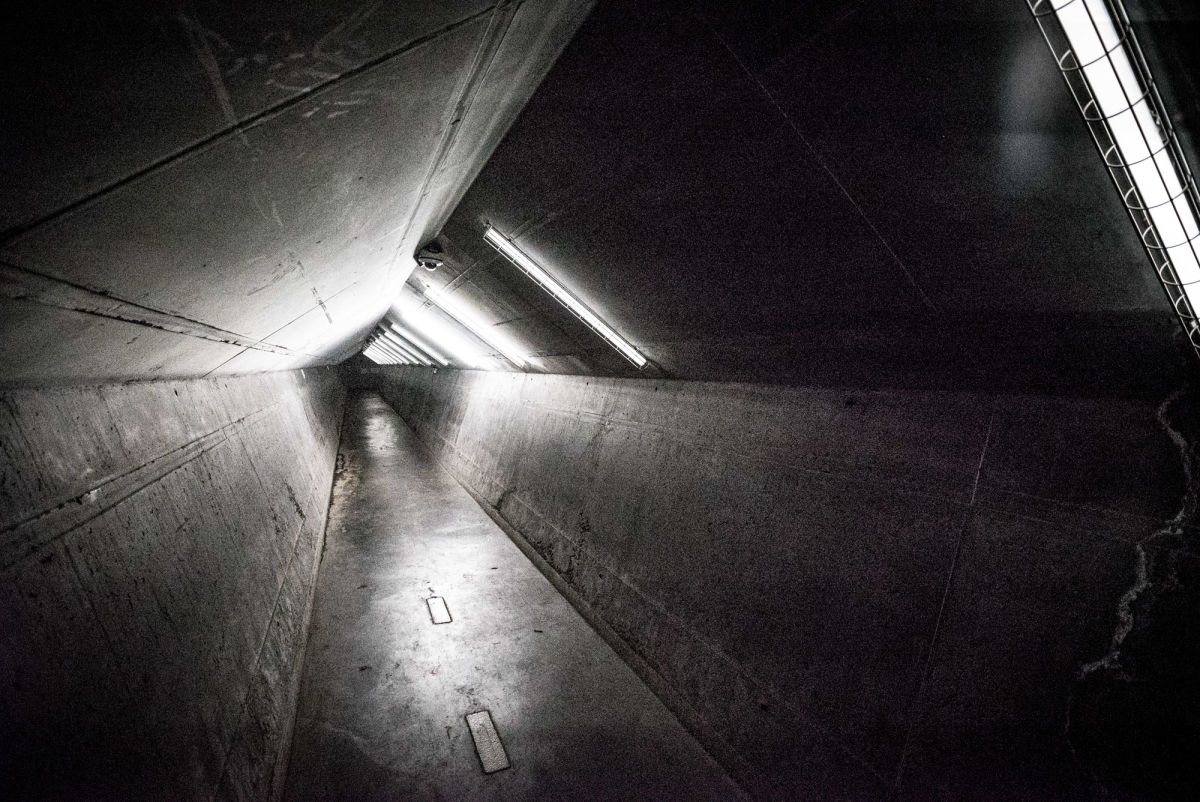
by Dan Dobre and Raluca Petcu (Bankwatch Romania)
If official communication about the coal phaseout is any indication about how proper the process will be, we have reason to worry. Over the past weeks, the Romanian government first said they would phase out coal, then came back to say they don’t actually mean all of it.
The Romanian Energy Minister announced in an interview June 9 that Romania does not actually plan to give up all coal, but only hard coal. This news came as a shock as, just a few days before, the Romanian Recovery and Resilience Plan, published on the website of the executive, included language on the phaseout of coal-fired electricity generation from the energy mix by 2032 and support for a legislative and regulatory framework for private investments in renewable-based electricity production. The document also mentioned the creation of a Coal Commission and the elaboration of a clear calendar for replacement and closure of coal units.
“We have a phaseout for hard coal for 2030, and securing and greening the mines until 2032,” Energy Minister Virgil Popescu said in the interview. “The Oltenia Energy Company is in a restructuring program and I do not want to advance a phaseout date until we have approved the restructuring program”.
What the minister said in fact was that, for now, the Romanian government plans a phaseout for hard coal, but not lignite. Yet hard coal represents only 2% of Romania’s energy mix, with the largest amount of emissions in the entire economic system being attributed to lignite, which produces 17-20% of annual electricity. In 2019, according to EU-ETS data, in Romania hard coal emitted 1.18 million tonnes of carbon dioxide (CO2), while lignite exceeded 12 million tonnes.
Hard coal is not enough
Not only does lignite need to be phased out as soon as possible for climate reasons, but hard coal-fired power plants would have to be shut down sooner for economic and environmental reasons anyway. One of them, Minita, has already been put in conservation. The thermal power plant exceeds the emission limits for sulphur dioxide (SO2) and dust (PM), substances that negatively affect human health, and cannot receive an Integrated Environmental Authorization (IEA), which is why Romania has been in an infringement procedure for four years. The entire Hunedoara Energy Complex (which operates two hard coal-fired power plants) is insolvent and had debts of RON 6 billion (approx EUR 1.2 billion) in 2020.
Although the European Union’s climate targets are clear, and the evidence that points to coal as the largest pollutant at national and global level is unequivocal, national authorities are not acting to match the level of urgency we are in. At the Oltenia Energy Complex, the restructuring plan provides for a lignite-based capacity of 1,650 MW in 2027, but there is also information that the company would have no more than 660 MW of capacity. The company has not set a date for the complete phaseout of coal, although the potential for renewable energy in the region is significant.
Just transition is left behind
Romanian coal regions have already submitted their Territorial Just Transition Plans to the Ministry of European Investment and Projects at the end of May, plans which will allow them to tap into the Just Transition Fund provided by the EU for the transformation away from coal. But proper planning at this level, including project proposals and mitigation of social impacts of mine and plant closures, requires a clear national phaseout date and timetable for gradually replacing coal. The Romanian government’s ambivalence about the coal phaseout date is, therefore, very problematic as it really hinders solid planning locally. It needs to give clear goals and directions for development, which municipalities can pursue in their more minute planning.
In Hunedoara county, the hard coal phaseout will lead to the dismissal of 4,000 employees in thermal power plants and mining areas. To solve this situation, social protection measures have been proposed such as compensatory wages and reducing the retirement age, but these are not a viable solution for younger staff who can reintegrate more easily into the labour market. An example of an initiative meant to help this approach belongs to the Romanian Wind Energy Association (RWEA) which is starting a program for the professional retraining of personnel in mining areas and other areas in energy transition.
In Gorj county, the situation is even more delicate. Although the TJTP identifies other opportunities for economic development, such as solar energy (with a potential of up to 60 GW), tourism, industry, recycling, carpentry and agriculture, the Oltenia Energy Complex does not seem to want to take advantage of this opportunity. Thus, it is unclear what will happen to a large part of the 12,000 employees, but also to those in related fields whose occupation supports the activity of coal-based electricity production. If national decision- makers do not set a date for the lignite phase out as well, the just transition in Gorj and Dolj (counties where Oltenia Energy operates) cannot be planned coherently.
A mistake that Romania risks repeating time and again is the lack or mimicry of public involvement in the decision to eliminate coal and post-coal planning. To add insult to injury, the government is now even miscommunicating about the ultimate coal phaseout date, the key information without which it’s hard to do any planning.
The European Commission cannot allow such bad practices to continue in Romania. The country has solid clean energy potential, and it has plenty of local actors in the coal regions which are interested in getting involved in preparing for life after coal. Brussels needs to put pressure on the central government to get its act together, set an ambitious phaseout date for all types of coal, and get planning together with local communities.
